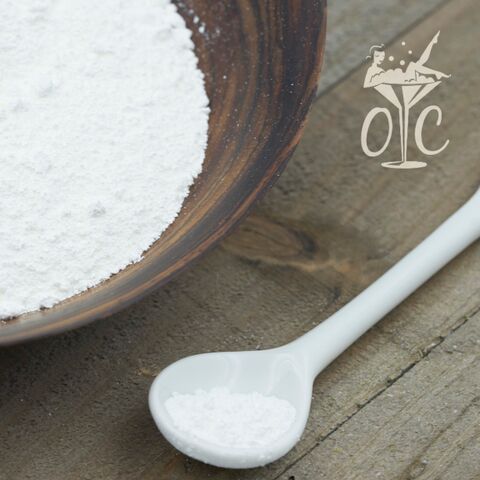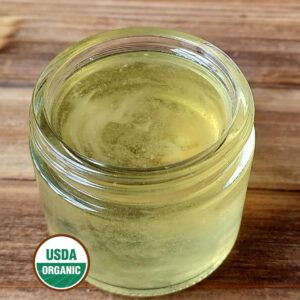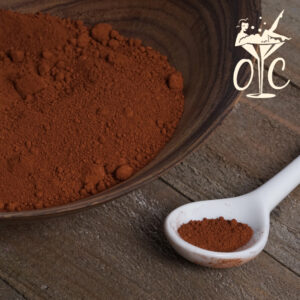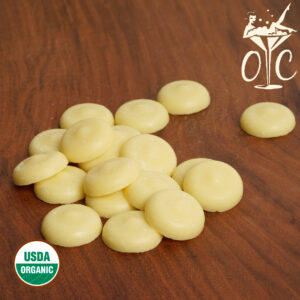Description
Zinc Oxide is believed to assist with the healing of various skin conditions such as diaper rash, eczema, psoriasis, insect bites, and poison oak/ivy. It holds natural astringent and antiseptic properties, making it a good addition to recipes designed to treat distressed skin. It works by laying down a protective barrier on the skin, keeping the “wet” out so that the skin can dry and heal.
Zinc Oxide is oil-soluble, so you have two methods for incorporation. Either add to the already warmed oil phase of your formulation or once your water and oil phases have been blended, add the zinc at cool down as you are actively blending.
There has been a lot of written debate on the internet about the safety of this ingredient. You can find articles written about micronized, and nanoparticle sizes. When selecting products to stock at Organic Creations we tend to do a lot of research. One of our favorite places to visit online is the Environmental Working Group. They tend to put research and science behind their articles. A great article by the EWG, Nanoparticles in Sunscreens, was created for just the topic of nanomaterials I believe it to be an excellent article, and suggest if you have any questions on titanium and zinc oxides – and their various sizes, give that link a read through.
There are so few sunscreen aides that are available to the general public for formulation purposes, that when I compare the alleged “risks” of using titanium dioxide/zinc oxide on my skin vs. the damage from sunburns, I personally select titanium and zinc in my formulations.
I’m often asked, “how much of these two ingredients do I need to make an SPF 30 sunscreen.” Here’s the thing, only a lab test of your finished product can give you that information, which is not an unachievable goal. There is a cost associated with it, but if you intend to sell your product to the public, you have to adhere to FDA guidelines for sunscreens sales and will need that lab result. The FDA sees sunscreens as a drug, and so these sales fall well within their control.
Links that will shed light on this topic:
https://www.fda.gov/ForConsumers/ConsumerUpdates/ucm258416.htm
FDA new requirements for over-the-counter sunscreen products marketed in the U.S.
If your plans are just to make homemade sunscreen and not sell it, my advice to you is either to follow a recipe that you found online (though most websites won’t post them for the reasons mentioned above) or do as I did with trial and error. I kept adding zinc and titanium to my pre-made lotion base, and once I achieved that “white surfer look” on my skin, I played outside. I suppose for each person this type of trial will be different, but eventually, you will get it.
Per the manufacture: our zinc is not micronized, nor is it nano-particle. The term “micronized” is generally a mesh size that is LESS than 100 mn. Our mesh is 325mn.
INCI: Zinc Oxide USP (the USP means this grade is pharmaceutical use)




